This article contains affiliate links.
There’s a lot of bread that comes from this kitchen. This post is courtesy of a happy little 79% hydration accident with some pizza dough that has me very, very excited.
There are several ingredients that create big impact in different types of bread. One of the ingredients that has the biggest impact…is water.
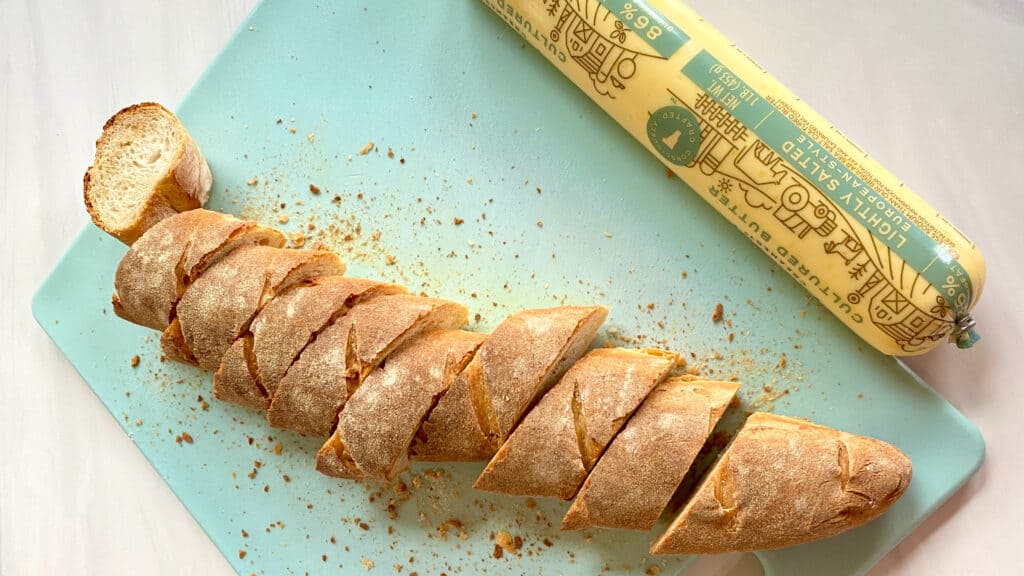
That’s right. The amount of water that you use in your bread dough impacts the texture and chew of your bread in a huge way.
Let’s jump right in.
Baking Science: Water = Hydration Level
In bread baking, hydration level is determined by comparing the amount of flour versus the amount of water (or other liquid) in that dough.
So, if you have a bread dough that uses 1000 grams of flour, and the recipe calls for 600 grams of water, then the dough is a 60% hydration dough.
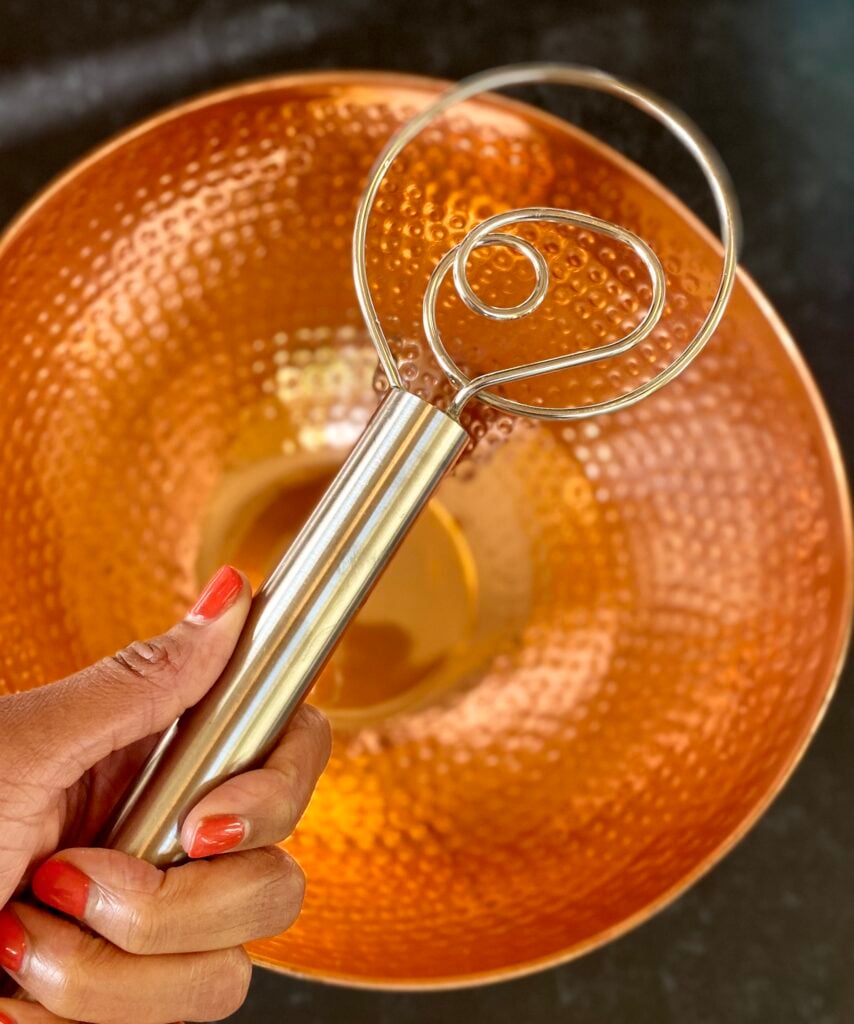
In his book Water, Flour, Salt, Yeast, author Ken Forkish artfully uses baking percentages to create various types of artisan bread and incredible pizza dough.
Why Does Hydration Matter?
The hydration level in your bread dough impacts the interior crumb and the external crust of your bread. So, it’s important because it literally impacts everything about your bread’s structure.
Low Hydration Doughs
In lower hydration doughs, this means a slightly thicker crust and a tight internal bread structure with smaller holes.
Low hydration doughs can be easier to work with, since they don’t contain as much water and are thus not as sticky as high hydration doughs. I say can be because low hydration doughs can be extremely stiff, which can make it difficult to tell when the dough is ready to rise (and can lead to over-mixing, which, ironically, makes the dough even more stiff).
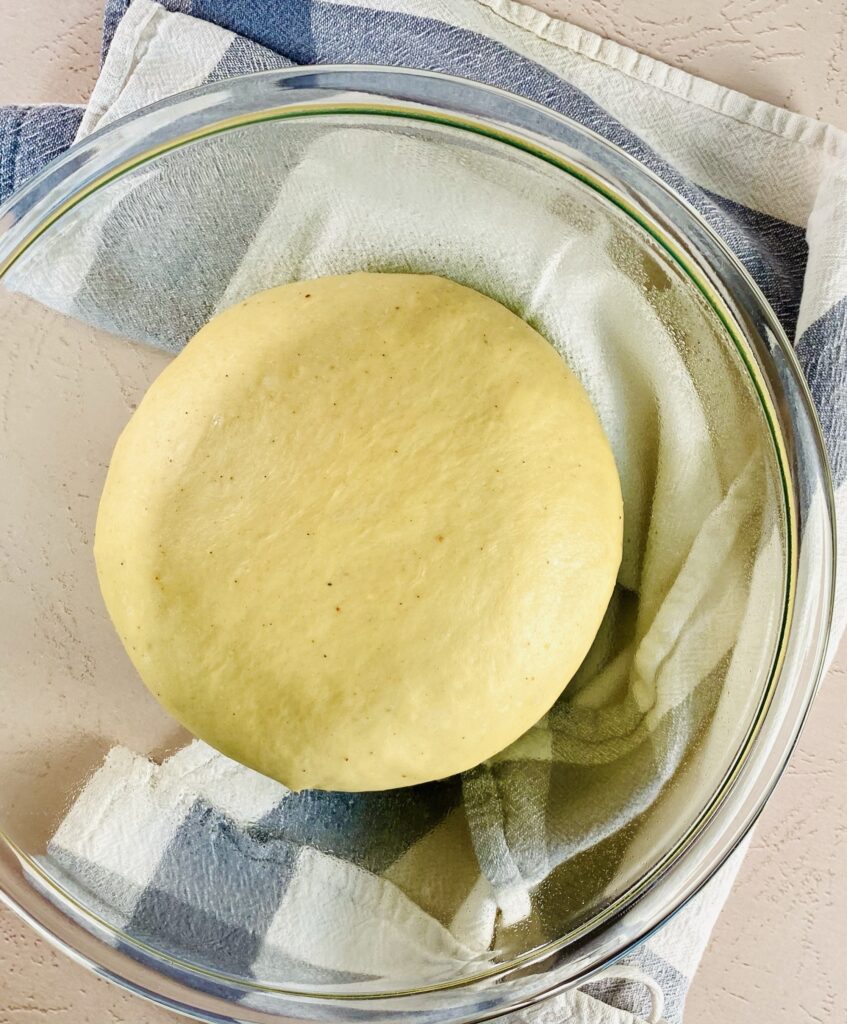
Popular examples of lower hydration doughs include bagels (55-65%), and sandwich bread (58-65%).
High Hydration Doughs
In higher hydration doughs, the higher ratio of water to flour means a thinner crust and those signature huge, non-uniform holes that we love to see in our favorite artisan breads.
High hydration doughs are a dream come true for many bread bakers, since they create that amazing chew that’s so popular in artisan breads. They can be a challenge for new bread bakers, since more water in the dough means a more sticky dough. Some high hydration doughs require more advanced kneading techniques as well, which can be intimidating for newer bread bakers.
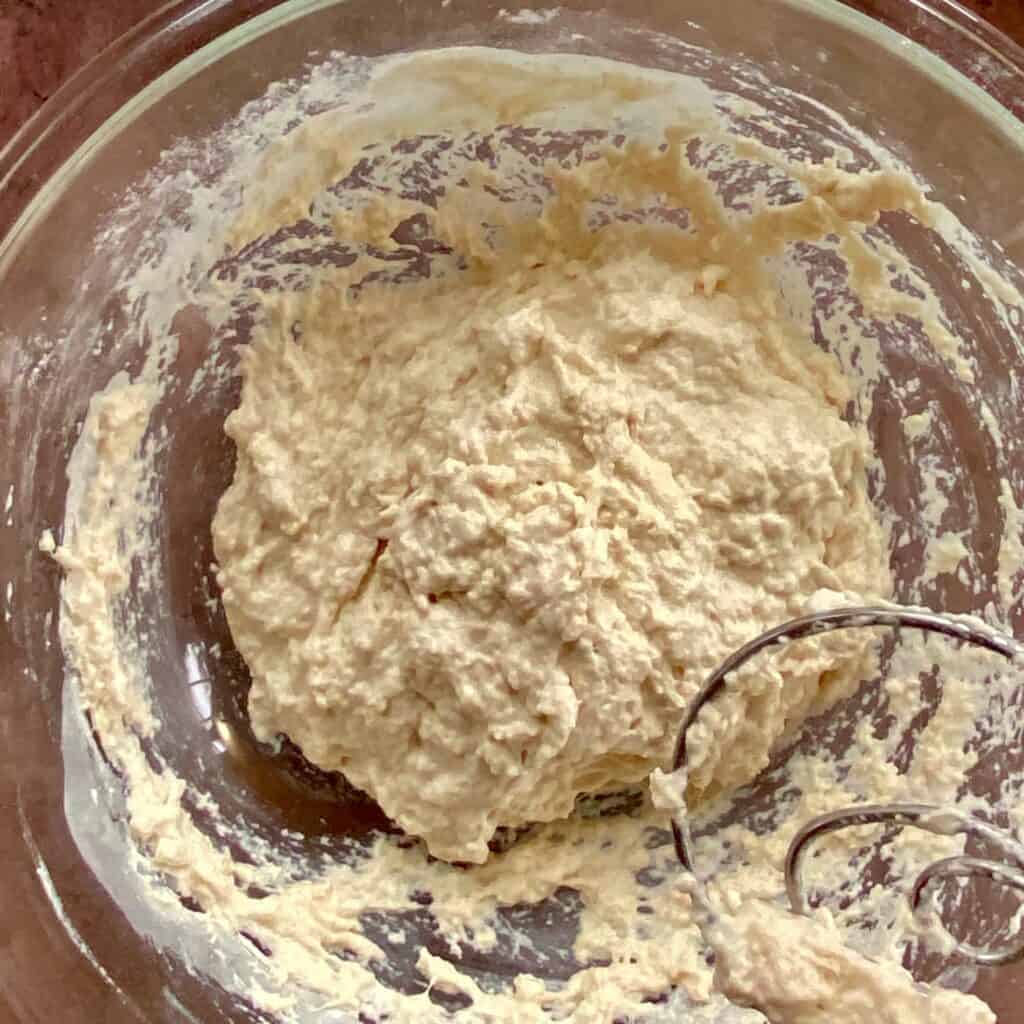
Popular examples of higher hydration doughs include my new favorite pizza dough (79%…recipe soon!) and focaccia (70-80%).
If you’re starting to develop your own bread recipes, it’s important to consider hydration during your initial process. Want a chewy, light dough? Try 68-70% hydration to start. Want something more toothy and dense? Try 60-62%. Whatever you do, I encourage you to try. Proof your yeast, write out your recipe, and go for it.
If you need help I’m here! You can always, always always reach out to me at hello@beginwithbutter.com with baking questions. I’m happy to help!
Until next time, Friends!


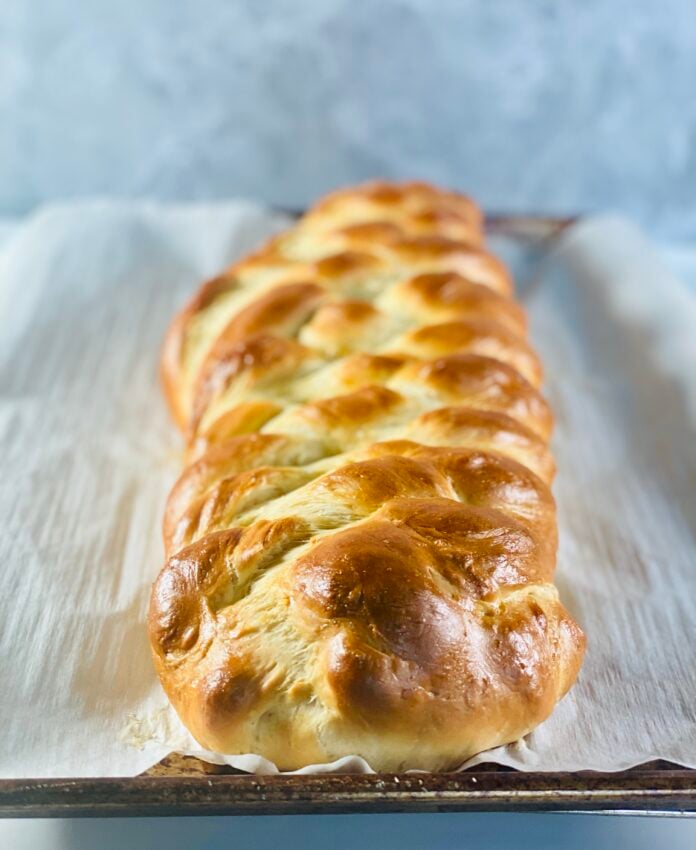
I live in a VERY humid environment. I have had two recipes that ultimately came out, but the dough was more like cake batter than it was dough. I thought for sure that these recipes were trashed. They were both a nightmare to work with, but again, ultimately came out very tasty.
The first time, I didn’t have a scale, and my friend suggested that my weights were way off. Now, I use a kitchen scale and a instant read thermometer for my water. I have only been baking bread for a few months, but I still need to understand what’s happening that some dough (not all) is like this.
Hi Friend! Some doughs are just naturally very sticky and, ahem, moist (😬🐵). That is often the case with enriched doughs (think: brioche) and some lean artisan doughs as well. That’s not necessarily an indication that you’re doing anything wrong! It’s just the nature of that particular dough. You are on the right track, and I am so proud of you for using that instant read thermometer! It’s going to make a huge difference for you. Keep practicing and taking in all of the lessons that you’re learning, and I’m here to answer any additional questions you might have! XOXO -Shani
Hi
What would work best for a slow overnight rise dough – a low or high hydration? I’m leaving the dough on the counter top not retarding the dough in the fridge.
Thanks
Maria
Hi! I find that slow overnight rises work well with high hydration doughs. I don’t do overnight proofs on the countertop, but my experience with overnight doughs leads me to believe that this technique would work better with high hydration doughs. I would be interested to figure out whether there are food safety issues involved with proofing for an extended period of time on the counter.